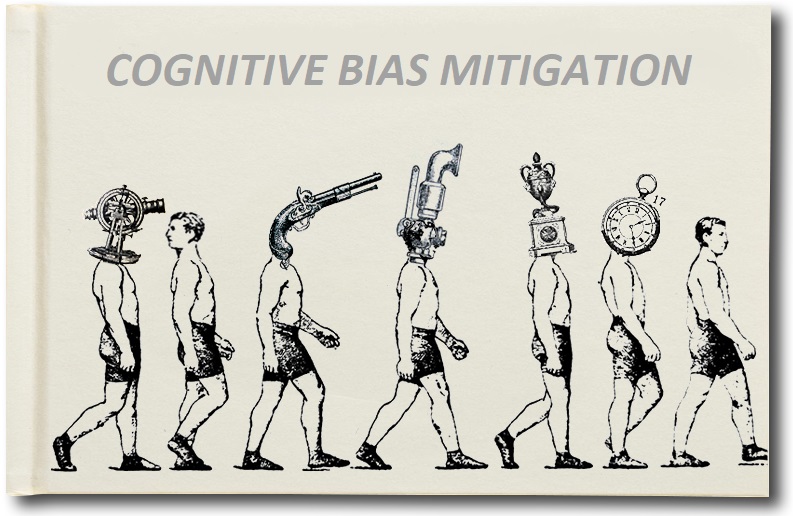
***Continued from Chapter 01 (Covered previously: Cognitive Biases and Debiasing, The Debiasing Process)
Link to Chapter 01:
Various Debiasing Techniques
There are a few general debiasing strategies (sometimes referred to as cognitive-forcing strategies), which can help deal with many of the cognitive biases. Many of these strategies are interrelated since the underlying principles behind them are similar.
A) Develop awareness of cognitive biases: . . . . . . . . . . . . . . . . . .>> In some cases, simply being aware of a certain bias can help us reduce its impact. For example, consider the illusion of transparency, a cognitive bias that causes people to overestimate how well others can discern their emotional state, so that they tend to think that other people can tell if they are feeling nervous or anxious even in situations where that is not the case.
This happens because our own emotional experience can be so strong, we are sure our emotions ‘leak out.’ However, observers are not as good at picking up on a speaker’s emotional state as we tend to expect. What is inside of us typically manifests itself too subtly to be detected by others. We must relax and understand that if we become nervous, we will probably be the only ones to know.
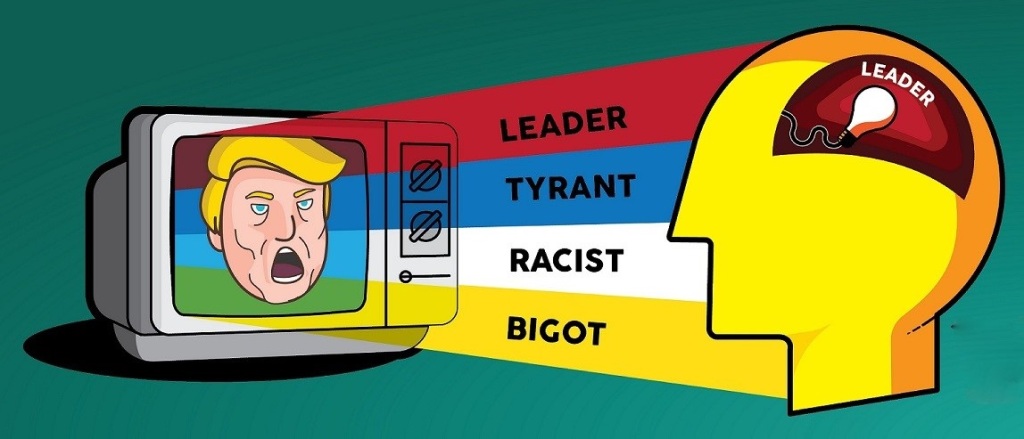
B) Improve the way we present information: . . . . . . . . . . . . . . . . . >> This can affect the way people process it, and the same information, presented in two different ways to the same person, can lead to two very different outcomes. Accordingly, by modifying the way we present information to people, we can reduce the influence of certain cognitive biases.
The exact way in which this strategy can be implemented depends on the circumstances, and on the cognitive biases that we are trying to avoid. Presenting information in an optimal way, that encourages people to think through it rather than react intuitively, can go a long way toward mitigating various cognitive biases.
C) Favour simple explanations over complex ones: . . . . . . . . . . . . . . . . . >> This is rooted in the overkill backfire effect, which is a cognitive bias that causes people who encounter a complex explanation to reject it in favour of a simpler alternative, and to sometimes also reinforce their belief in the simpler alternative. When it comes to debiasing, simple explanations are often preferable to complex ones. This concept can be applied in many areas of the debiasing process, from how we think through past events to how we present information.
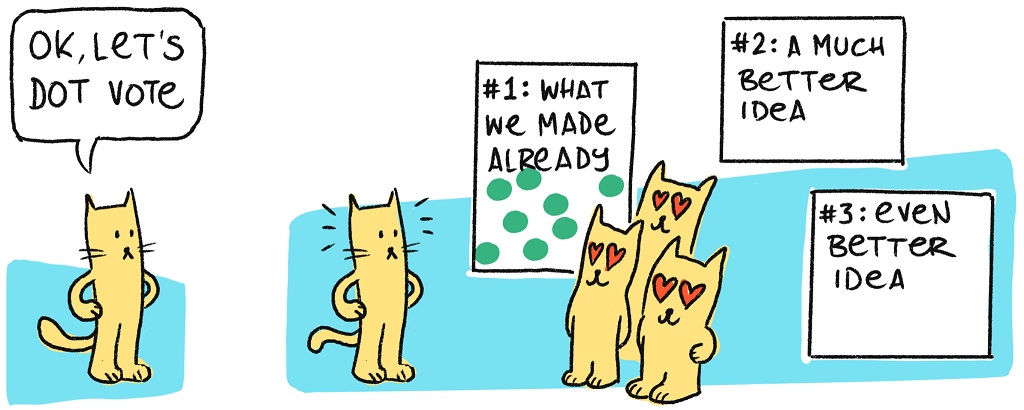
D) Slow down the reasoning process: . . . . . . . . . . . . . . . . . >> The benefit of doing this is that it allows to reflect on our reasoning process, and to think through alternative viewpoints, while also helping to avoid relying on biased intuitions. One way of encouraging this is to establish specific routines and protocols, which ensure that we slow down when necessary. Slowing down can help us reduce various cognitive biases, by enabling us to run an unrushed reasoning process, which is less influenced by our biased intuitions and emotional considerations.
E) Use nudges: . . . . . . . . . . . . . . . . . >> Nudges are simple modifications that are made to an environment to alter people’s behaviour in a predictable way, without forbidding any options or changing their incentives on a significant scale. This means that to count as a nudge, an intervention must be easy to avoid. For example, placing water bottles instead of soda cans near the register of a cafeteria counts as a nudge, while banning soda outright does not. Using nudges usually entails making changes to the people’s decision-making process, in a way that involves the implementation of other debiasing strategies.
One instance where nudges can be helpful is in the mitigation of the backfire effect, which is a cognitive bias that causes people to strengthen their support of their pre-existing beliefs when they encounter evidence which shows that those beliefs are wrong. This bias evident, for example, in the fact that when people are introduced to negative information about a political candidate that they favour, they often end up increasing their support for that candidate. One of the main ways to mitigate the backfire effect is to preface information that people might feel defensive about with questions that encourage them to process it.
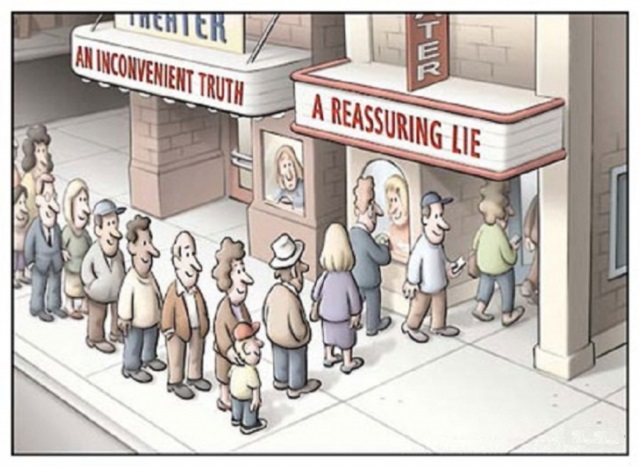
F) Change incentives: . . . . . . . . . . . . . . . . . >> In theory, there are two parameters related to incentives that we can modify in order to reduce the likelihood of biased decision-making: –
- . . . . . increase the benefits (positive feedback or rewards) of making a non-biased decision.
- . . . . . increase the penalties (negative feedback or punishments) for making a biased decision.
However, in practice, changing people’s incentives does not always work, and might even backfire in some cases, such as when people feel actively antagonized by the changed incentive structure. Since the effects of changing incentives are difficult to predict, it’s important to be wary if we are thinking about changing them as part of debiasing process.
G) Increase involvement in the decision-making process: . . . . . . . . . . . . . . . . . >> Increasing how involved people feel about a certain decision and how much they care about it can reduce certain cognitive biases. By ensuring that people care more about making an unbiased decision, we can make them more open to using various metacognitive strategies, which can help debias successfully.
There are many ways in which we can increase people’s involvement in the decision-making process. One of the main ones is to emphasize their role as active participants in their own reasoning process, and to encourage them to rely on conscious reasoning, as opposed to subconscious intuitions. In doing this, we can ask people to clearly outline and verbalize their reasoning process, which can help them identify gaps in their logic, and think in a more rational way.
H) Increase personal accountability: . . . . . . . . . . . . . . . . . >> When people know that they will be held accountable for their decisions and that their decisions will be scrutinized by others, they tend to put more effort into the decision-making process, which can sometimes help people mitigate certain cognitive biases.
I) Elicit feedback from others: . . . . . . . . . . . . . . . . . >> Receiving feedback from other people can help reduce certain cognitive biases. This is especially noticeable in the case of biases that influence people’s perception of themselves, such as the worse-than-average effect, which causes people to incorrectly believe that they are worse than other people at performing certain difficult tasks. However, when considering other people’s feedback, it is important to remember that they are also prone to various cognitive biases. Therefore, it is important to always be wary when deciding who to ask for feedback, and when deciding how to implement that feedback once we receive it.
J) Standardize the decision-making process: . . . . . . . . . . . . . . . . . >> Deciding to make our decisions in a standardized way can help ensure that we use all the necessary debiasing techniques that we need to go through an optimal decision-making process.
For example, the use of a simple mnemonic checklist was shown to help doctors apply important metacognitive strategies and make better decisions in a clinical context.
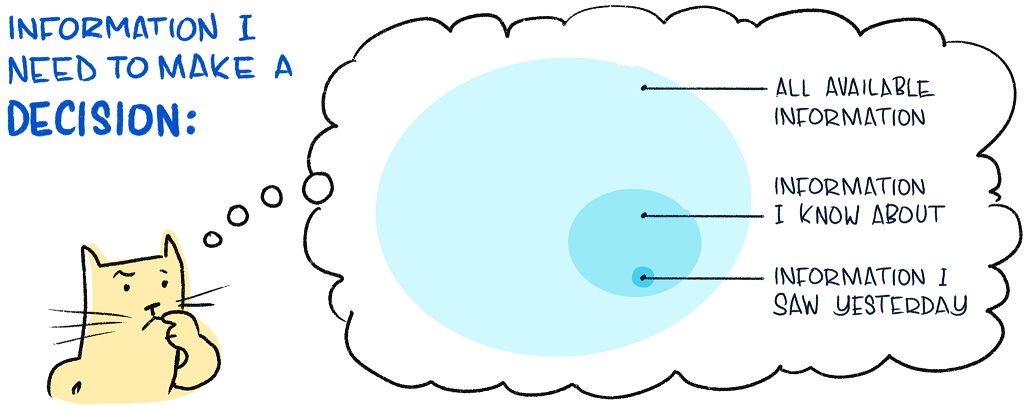
K) Create favourable conditions for decision making: . . . . . . . . . . . . . . . . . >> We can facilitate the debiasing process by improving the conditions in which you make decisions. While it is often difficult to make those conditions absolutely perfect, even minor changes can be monumental in helping improve our ability to make rational decisions.
- Improve internal conditions. These are factors that reduce our cognitive capacity, such as sleep deprivation, as well as factors that increase our cognitive demands, such as multitasking.
- Improve external conditions. These are factors that reduce our cognitive capacity, such as high noise levels, as well as factors that increase our cognitive demands, such as social pressure.
Bias-Specific Debiasing Techniques
There are also some debiasing techniques that are applicable in more specific cases. They can only help deal with a certain type of bias. The advantage of such techniques is that even though they are applicable in fewer cases, they can often be more effective than generalized debiasing strategies. Some of them are:
A) Reduce your reliance on subjective memory: . . . . . . . . . . . . . . . . . >> Research shows that our memory of past events is subjective, malleable, and prone to various distortions.
For example, there is the rosy retrospection bias, which is a cognitive bias that causes people to recall past events in a way that is more positive than how they experienced those events in reality. This bias can, for example, cause us to remember a past vacation as having been more enjoyable than it really was.
One way to mitigate these issues is to reduce reliance on such memory, by using objective records to examine past events. The main advantage of this technique is that we are better at remembering where information is stored and how to retrieve it, than we are at remembering the information itself.
B) Consider alternative outcomes to past events: . . . . . . . . . . . . . . .. . >> This can also help deal with some of the biases that distort our view of these events. For example, the choice-supportive bias is a cognitive bias that causes people to retroactively ascribe more positive features and fewer negative features to an option that they chose. This bias can, for example, cause to justify a purchase that we made by overemphasizing the positive aspects of the item that we decided to buy. By considering alternative items that we could have purchased, we could potentially mitigate the choice-supportive bias, which could help view the purchase in a clearer, more unbiased way.
When doing this, our focus should be on trying to find a small number of highly plausible alternative outcomes. This is because, as we saw earlier, struggling to find a large number of alternative outcomes to an event can be counterproductive, and could actually hinder our ability to debias.

C) Create psychological distance: . . . . . . . . . . . . . . . . . >> Consider the spotlight effect, which is a cognitive bias that causes people to overestimate the degree to which others are likely to notice their actions or appearance, meaning that it causes people to assume that others are likely to notice it if they wear something embarrassing or say something stupid, even if that is not the case. We experience the spotlight effect because when we think about how other people see us, we tend to anchor their viewpoint to our own. Since we are so used to seeing things from our own perspective, we struggle to accurately judge how other people see us. One way to reduce the impact of this is to create psychological self-distance when we think about how other people view us. This entails trying to look at ourselves from a perspective that is different from our own, such as from the perspective of the person that we are talking to.
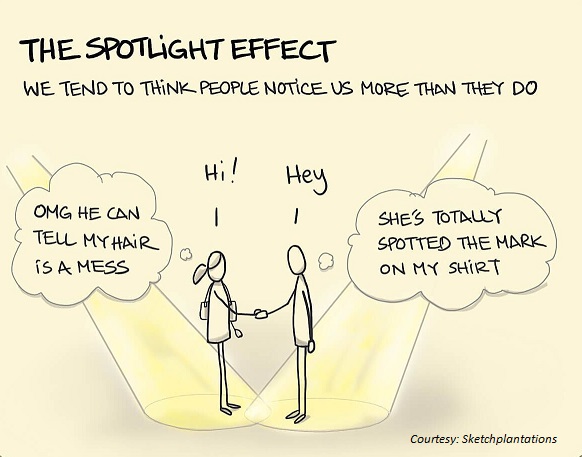
Creating psychological distance can also help fight against other types of biases. For example, the authority bias, which is the tendency to obey the orders of an authority figure, even when you believe that there is something wrong with those orders. One way in which people managed to cope with the authority bias was by increasing the physical and psychological distance between themselves and the authority figure. For instance, when the authority figure gave instructions through a phone, and was not in the same room as the person receiving the instructions, people were more likely to think rationally.
In Conclusion
It is important to keep in mind that different debiasing strategies will vary in their effectiveness and will have a different impact in different scenarios.
**Source Credits:
The book- The Art of Thinking Clearly -by Rolf Dobelli
The book- Predictably Irrational -by Dan Ariely
The book- The Illusion of Transparency and the Alleviation of Speech Anxiety -by Savitsky & Gilovich
The book- Nudge by -Richard H. Thaler & Cass R. Sunstein
Content Curated By: Dr Shoury Kuttappa.

